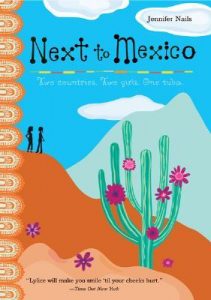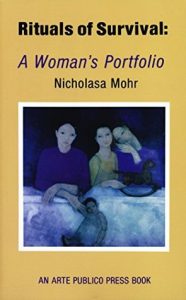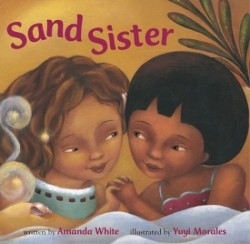It s the day of Lolo’s big sister’s quinceañera party, and suddenly everyone is too busy to play with Lolo. But when she lets her dog Gobi runfree, everyone notices. Vivid illustrations in acrylics and watercolor by Martha Avile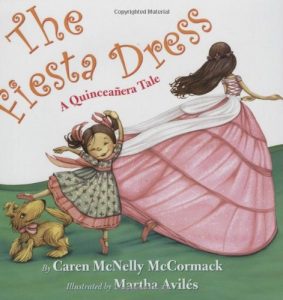 s skillfully portray Lolo using her fast feet and wits to outsmart Gobi and save her big sister’s special day!
s skillfully portray Lolo using her fast feet and wits to outsmart Gobi and save her big sister’s special day!
United States
Materials from United States of America
He Forgot To Say Goodbye
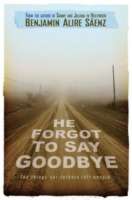
“Ramiro Lopez and Jake Upthegrove don’t appear to have much in common. Ram lives in the Mexican-American working-class barrio of El Paso called “Dizzy Land.” His brother is sinking into a world of drugs, wreaking havoc in their household. Jake is a rich West Side white boy who has developed a problem managing his anger. An only child, he is a misfit in his mother’s shallow and materialistic world. But Ram and Jake do have one thing in common: They are lost boys who have never met their fathers. This sad fact has left both of them undeniably scarred and obsessed with the men who abandoned them. As Jake and Ram overcome their suspicions of each other, they begin to move away from their loner existences and realize that they are capable of reaching out beyond their wounds and the neighborhoods that they grew up in. Their friendship becomes a healing in a world of hurt.
Quinceanera: A Latina’s journey to womanhood
Photographs and text follow a Mexican-American girl through a coming-of-age ritual that helps to preserve a rich heritage in today’s Latino community in the United States.
Next to Mexico
Rituals of Survival: A Woman’s Portfolio
Sand Sister
Seeds of Struggle, Songs of Hope
This is a collection of poetry written by Chicano/Latino youths about their dreams, struggles, identity, hope and love.
Sip, Slurp, Soup, Soup – Caldo, Caldo, Caldo
A bilingual picture book offers up a celebration of a kitchen where mom has just pulled out the large stew pot to begin a fabulous vegetable soup and all the kids are invited to help.
The Uncertain Journey (Stories Of Illegal Aliens In El North)
Tooth On The Loose
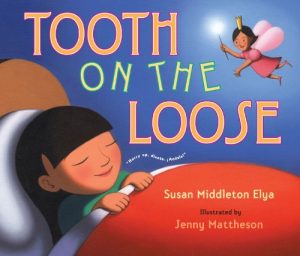 An original take on losing a tooth. This little girl has tried everything to make her loose tooth come out before her dad’s birthday (except letting her brother yank it) so she’ll have money to buy him a gift. Nothing has worked and now it’s the big day. She just can’t go to his party empty handed! At the last second, her mom helps her think of a gift that doesn’t require any money—just imagination and heart. I have no dinero, this card’s all I’ve got. But, Papi, te quiero, I love you a lot. And her dad couldnÂ’t be happier. Susan Middleton Elya’s trademark mix of Spanish vocabulary and fun verse combined with vibrant paintings by Jenny Mattheson will inspire lots of homemade gifts (and patience with loose teeth).
An original take on losing a tooth. This little girl has tried everything to make her loose tooth come out before her dad’s birthday (except letting her brother yank it) so she’ll have money to buy him a gift. Nothing has worked and now it’s the big day. She just can’t go to his party empty handed! At the last second, her mom helps her think of a gift that doesn’t require any money—just imagination and heart. I have no dinero, this card’s all I’ve got. But, Papi, te quiero, I love you a lot. And her dad couldnÂ’t be happier. Susan Middleton Elya’s trademark mix of Spanish vocabulary and fun verse combined with vibrant paintings by Jenny Mattheson will inspire lots of homemade gifts (and patience with loose teeth).

